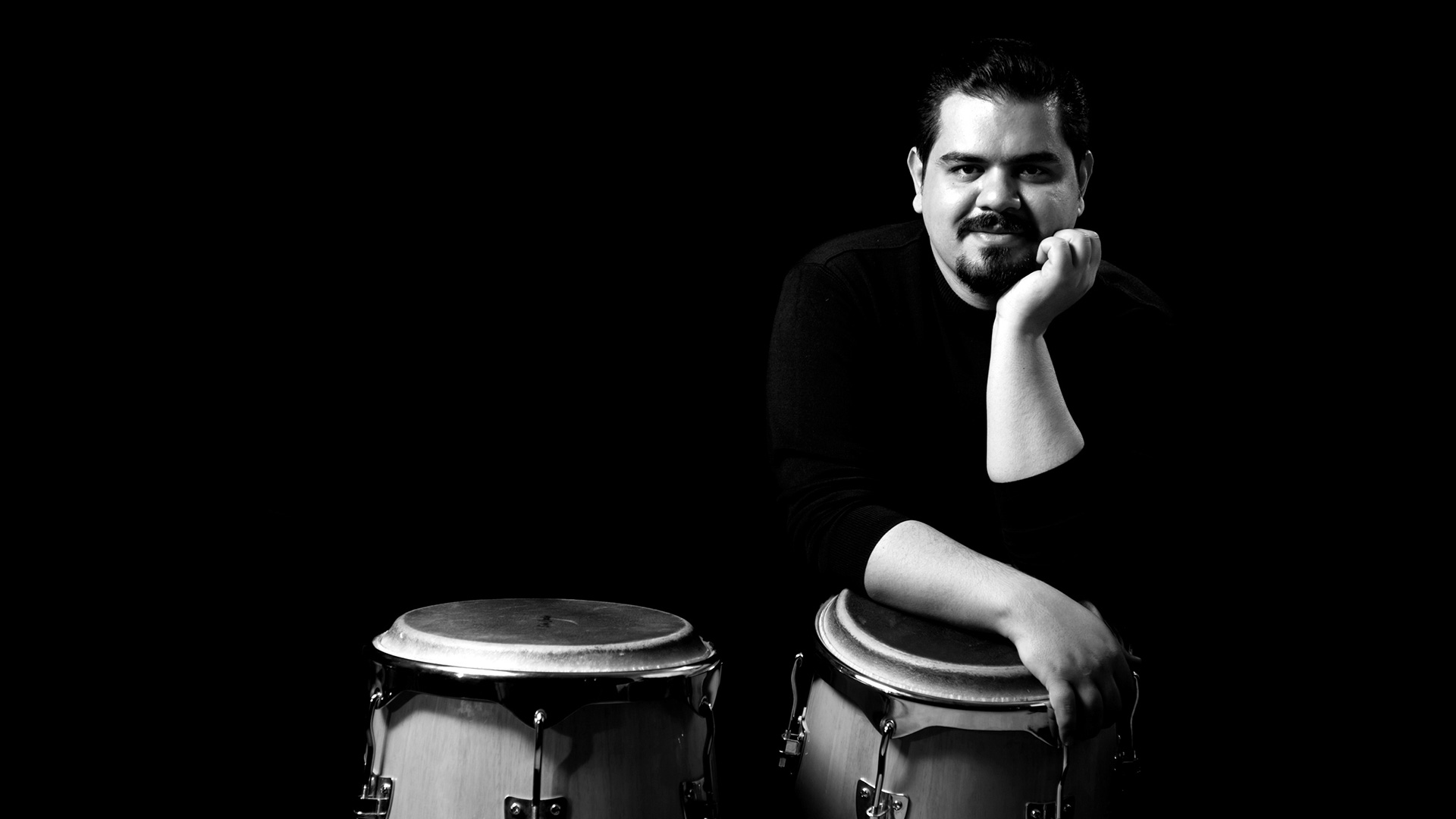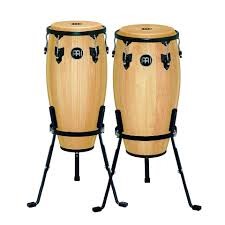
Conga (history and teaching method)
Conga is a type of barrel-shaped single-headed membranophone. that consists of two or more wooden drums next to each other … This instrument, which is more commonly known as tomba in Iran, is of African origin. And the root of this family of instruments goes back to simpler and more primitive ones like ashiko in Africa. The reason for the name conga is derived from the country of Congo. And later this instrument was transferred to South America by black slaves and evolved.
In total, conga is one of the main pillars of Latin music today. Which is played along with instruments such as bongo and timbales. Some of the greats of this instrument are Giovanni Hidalgo and Poncho Sanchez. This instrument has become very important in pop music and its use is common all over the world.

The teaching method of conga
Generally, the course of teaching conga, which is more commonly known as tomba in Iran, has a hierarchy that requires learning the basic movements and recognizing the parts of the instrument first, and then practicing from one drum head. And after mastering the techniques of the first drum, the training course continues with two drums. And it goes on to three drums and four drums and finally ends with playing with five drums. In relation to the educational content, the books (congas rhythms by Bob Evans) and (all about congas by Kalani) and (congas and bongos by Hakim Ludin) are used, as well as a compiled booklet by Roozbeh Zarei.
Topics and headings :
Music theory lessons, deciphering, warm-up exercises, accent playing, paradiddle and rudiment exercises, types of single and double rolls and drag and flam (ornamental notes), familiarity with rhythms: African, afro-Cuban, afro-Brazilian and playing in pop, modern, Latin styles. Latin-jazz, hip-hop, fusion and … teaching arrangement and setup of the instrument along with the correct tuning, understanding the concept of Latin clave and using tools and small percussions related to each style.
In the advanced course, the use of polyrhythmic sentences in simple, compound and odd meters is taught. Also, how to arrange solo, play along with other instruments such as bongo, timbales, drums and … advanced techniques and familiarity with multi percussion and hybrid drum setups are among the topics of this course.
